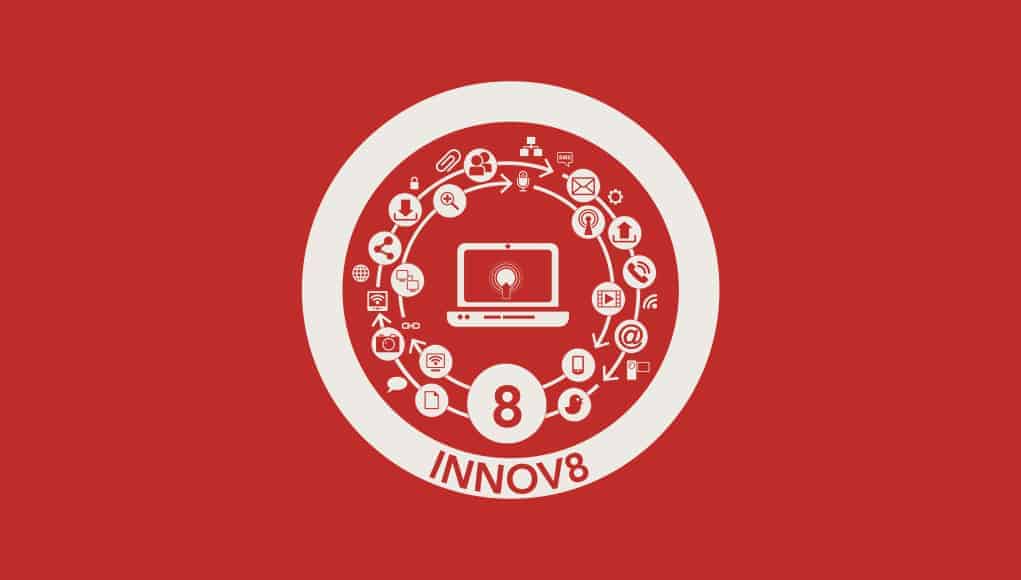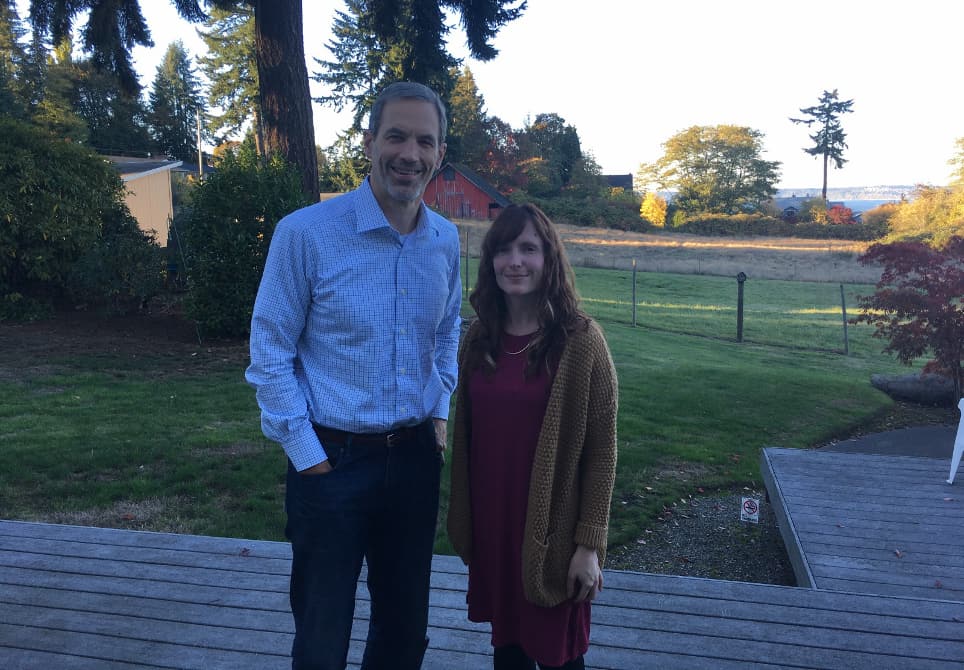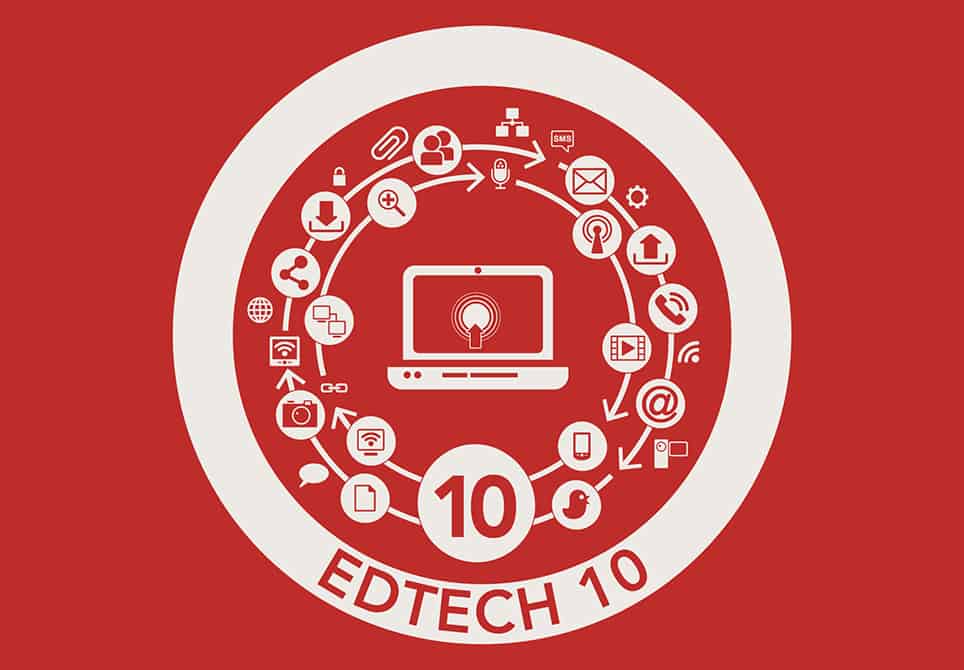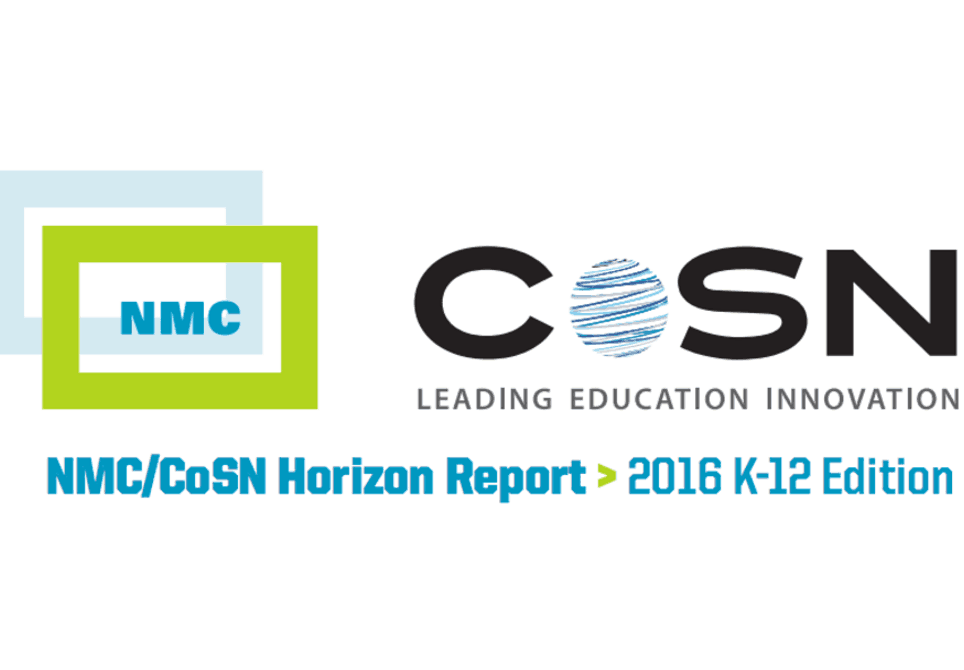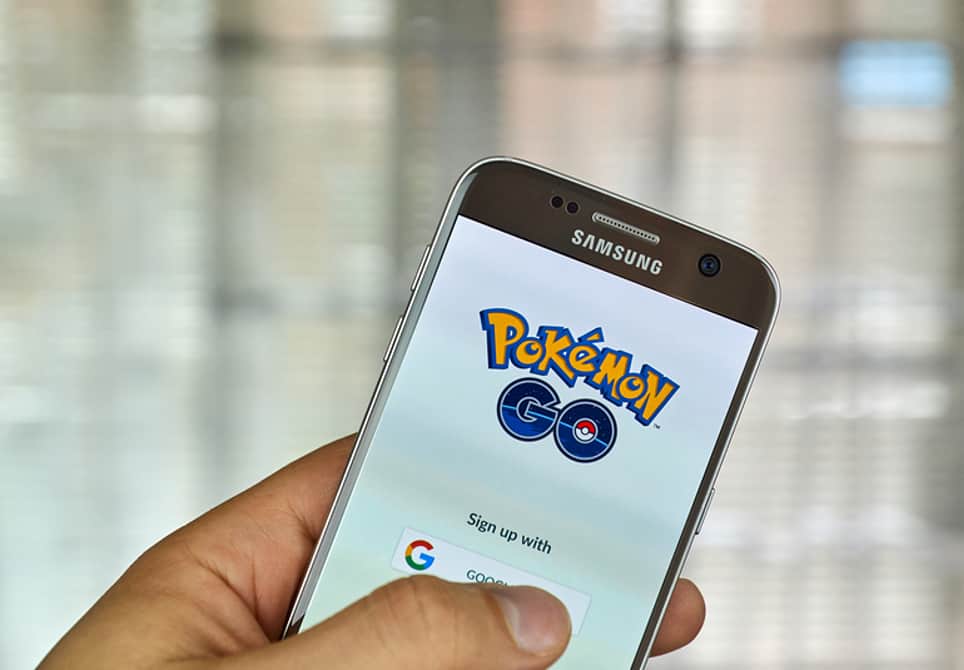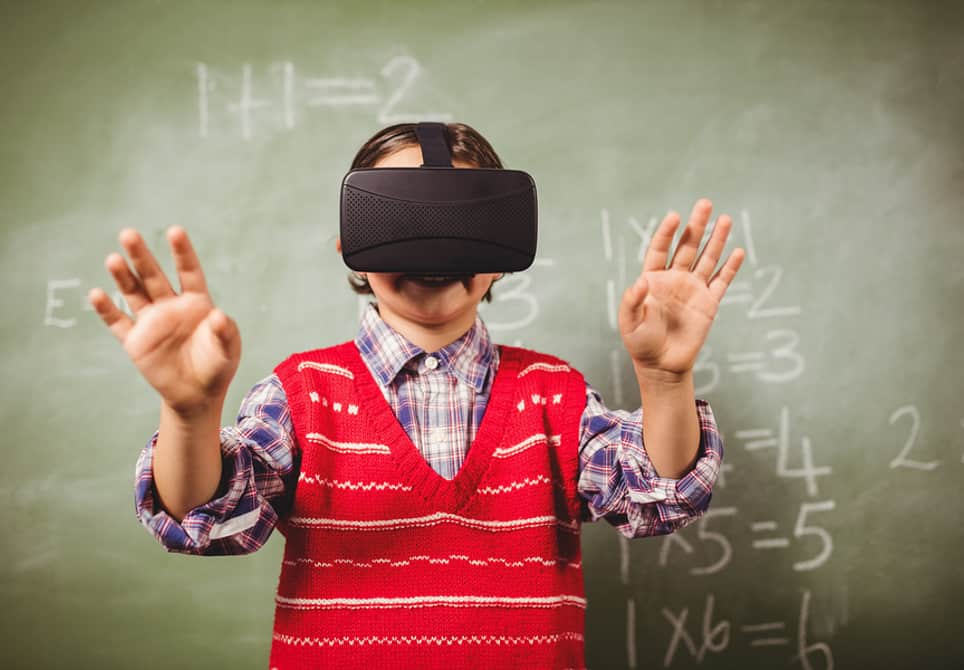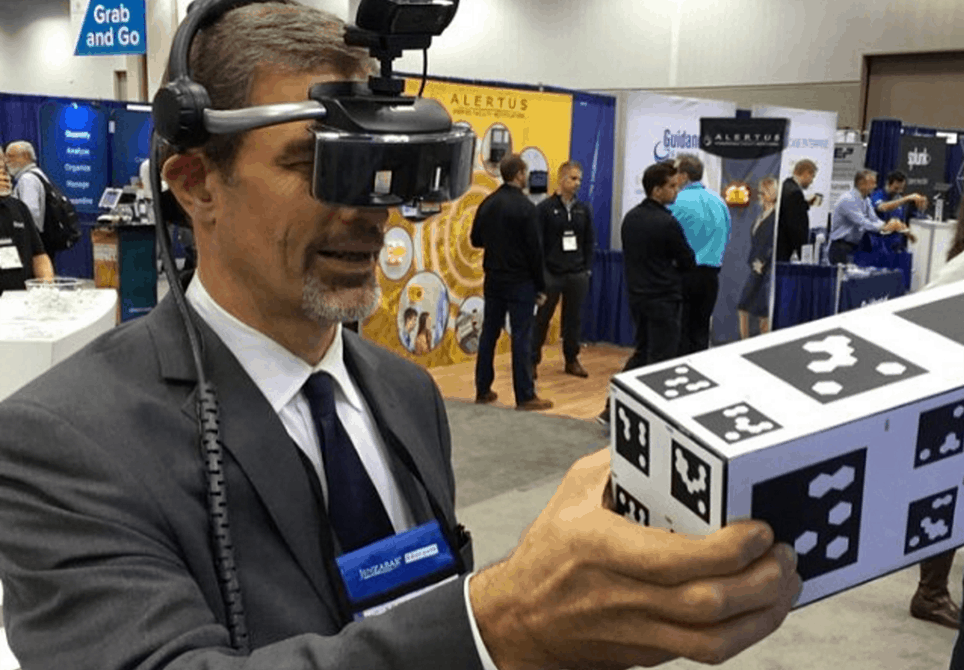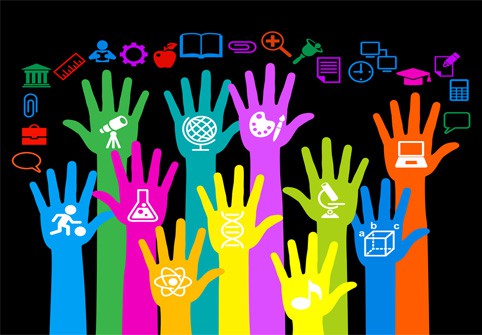VR/AR
Innov8: Cause + Code
It’s that magical time of year when Hour of Code and Computer Science Education Week overlap, so here are eight stories celebrating even more innovations in teaching and learning.
An Education Innovation Discussion with Tom Vander Ark
By: Rosie Clayton. British education consultant Rosie Clayton recently kicked off her Fellowship in the U.S. with a two-hour chat with Tom Vander Ark, and shares their discussion on the current education landscape and new innovation trends.
EdTech 10: Smart Cities
It's officially Smart Cities Week, and we're celebrating with a blog sharing the 7 key attributes of “cities that work for everyone,” a Smart Cities book giveaway and ten new edtech stories.
Hot: #OnlineLearning #MakerSpace; On the #EdTech Horizon: #VR, #AI
The predictions of the 2016 NMC/CoSN Horizon Report include that this year's hot tech topics, such as artificial intelligence, robotics, virtual reality and wearables, will become widespread in education in a few years. Here is a summary of the report's findings.
EdTech 10: Pure Imagination
In honor of our favorite Willy Wonka of all time, this week's top edtech stories share a new view of the world from the imaginations of education leaders.
Pokémon GO: Can a Game Change the Reality of Education?
By: Cori Coburn-Shiflett. Pokémon Go, the latest AR game sensation, really could be a great opportunity for educators to connect with their students via game-based learning in the classroom.
Virtual Reality – Hope or Hype?
With our interest in the potential of virtual reality coming to the classroom, we enjoyed a recent article from our friend Michael Horn exploring whether or not we should believe the hype.
Virtual Reality is Coming to a Classroom Near You
This will be the year when virtual reality begins to change teaching and learning. Forecasters are estimating that the combined augmented reality (AR) and virtual reality (VR) industries could be as big as $150 billion in 2020 with 25 million VR users by 2018.
How Augmented Reality Can Enhance Learning in Higher Ed
Augmented reality will likely have more uses in higher education for extending learning outside of the classroom than within it. You can add additional interactive elements to the texts the students are assigned, adding hyperlinks, audio, or images to their print textbooks.
How Augmented Reality Can Change Teaching
The technology behind Augmented Reality is taking a real-world view and enhancing it with computer-generated imagery. Whether this is done by using a computer monitor and camera or fitted goggles to imprint imagery in the lenses, augmenting in this manner has great possibilities for a variety of tasks.



